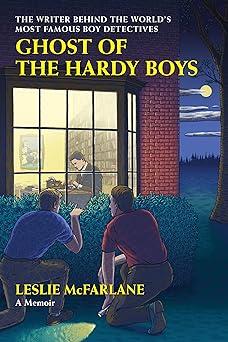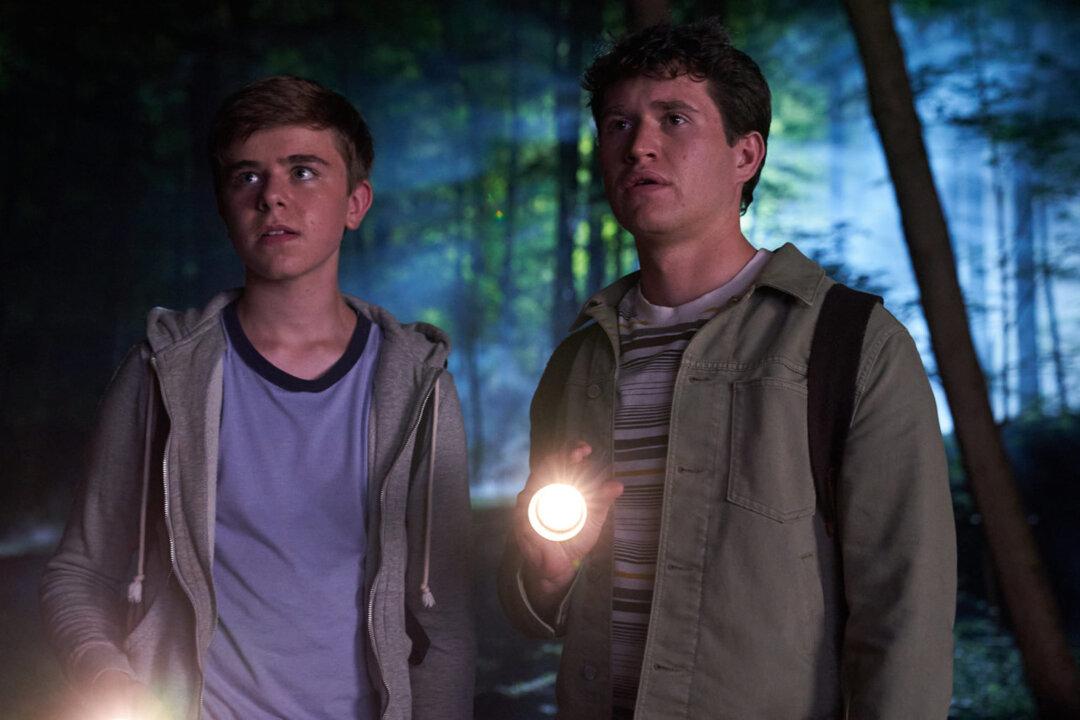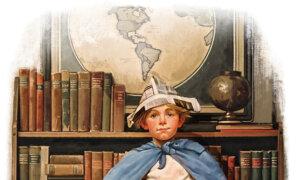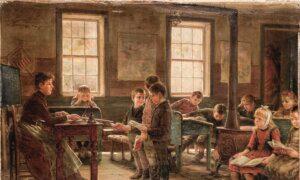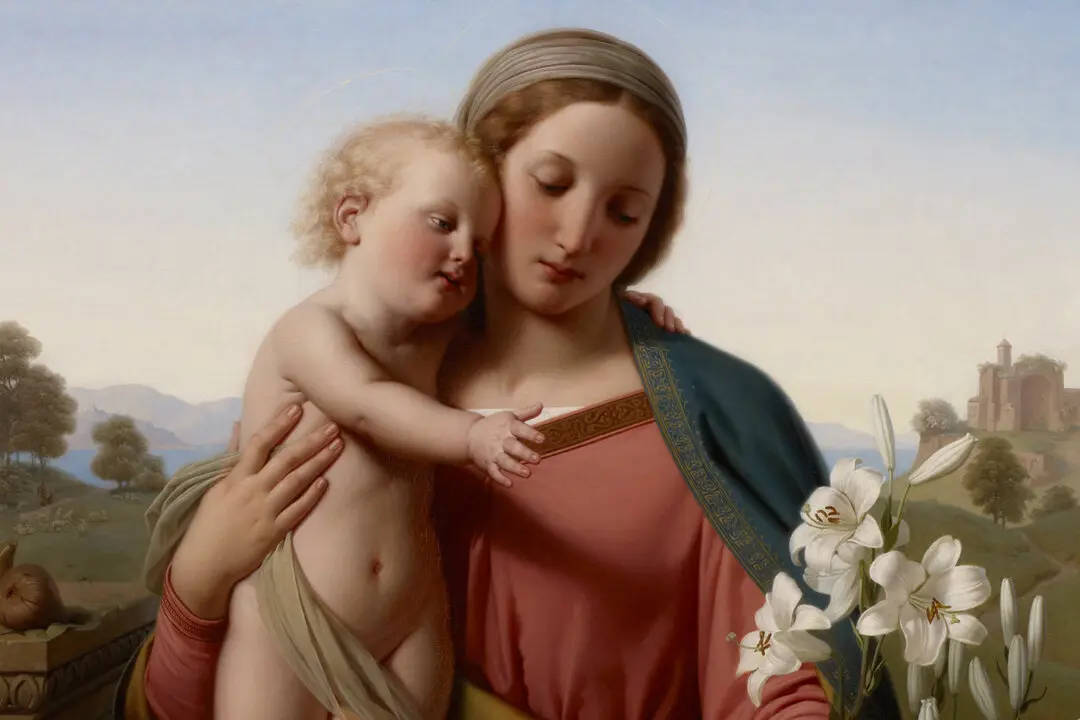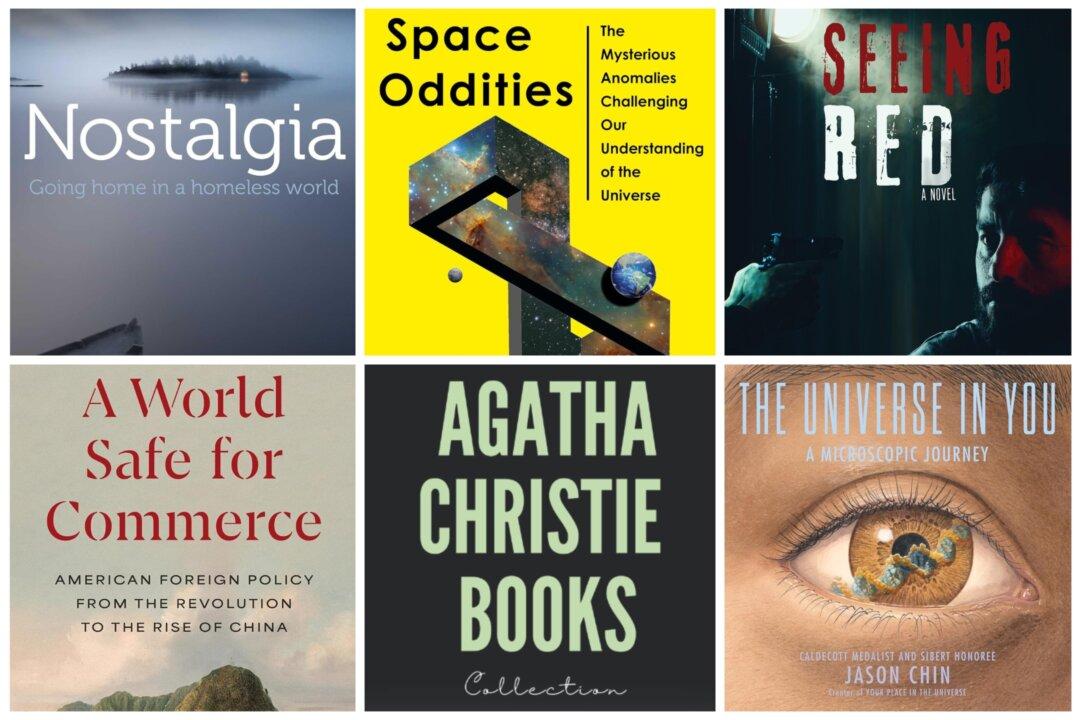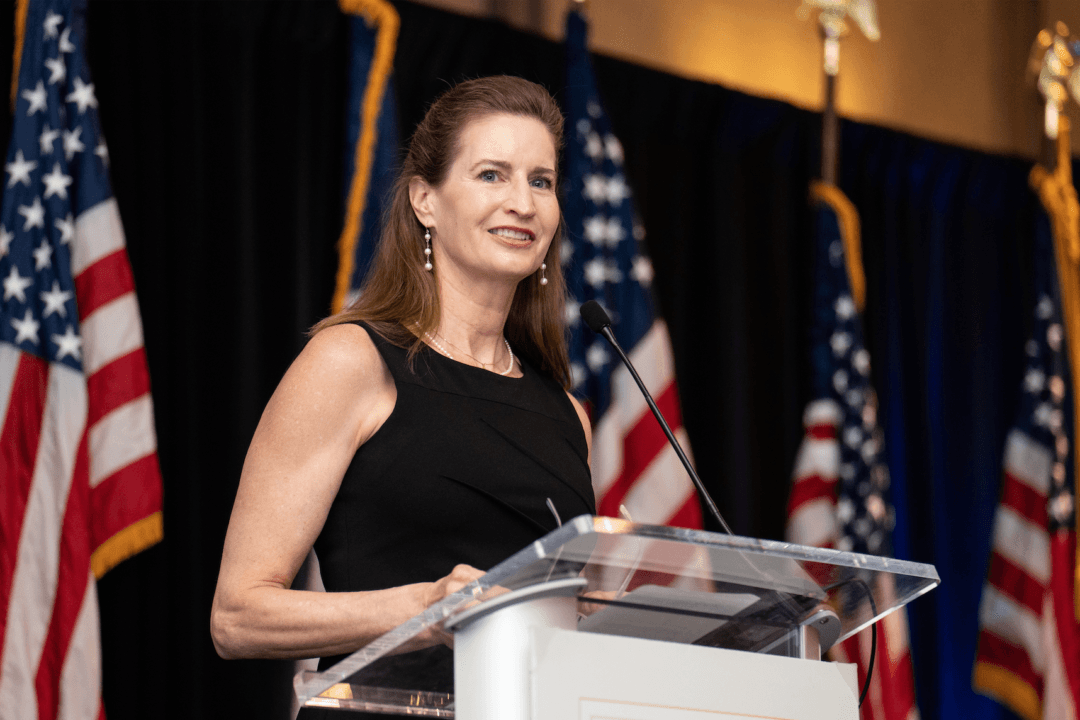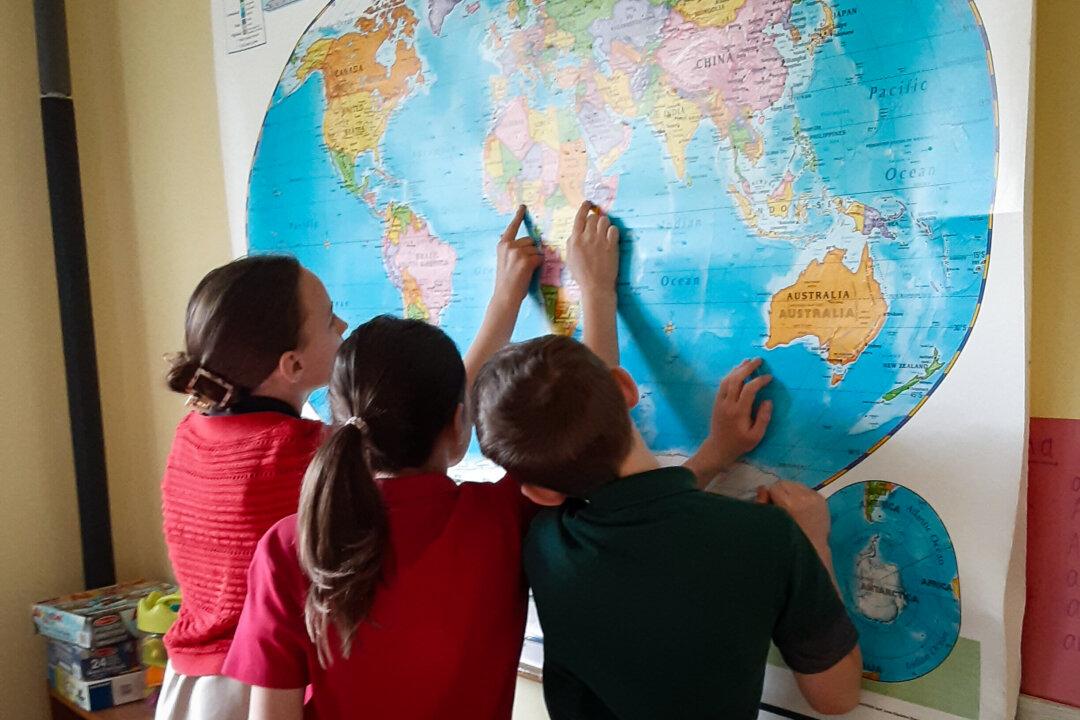Lives in Print
Of course, memoirs, accounts of a specific time or event in a person’s life, and autobiographies, which tell the story of a life in full, also serve as excellent firsthand records of the past. Here, we generally think of those books left to us by the great and the famous, like Winston Churchill’s memoir of his youth, “My Early Life,” or Benjamin Franklin’s “Autobiography.” A close reading of such works reveals as much about the times as about the person.This same axiom holds true for memoirs and autobiographies written by less renowned figures. The ubiquitous life stories of politicians, entrepreneurs, movie stars, sports figures, and other celebrities often make the bestseller lists, later to be forgotten by the public but which are ripe pickings for historians and others interested in a particular period’s culture and values.
The Ghost Speaks
Even after a century, many schoolboys still recognize the name Franklin W. Dixon as the author of the Hardy Boys books, those famous fictional stories about two teenage amateur detectives, Frank and Joe Hardy. Scarcely known to these readers at all is Leslie McFarlane (1902–1977), who actually wrote 21 of these famous tales.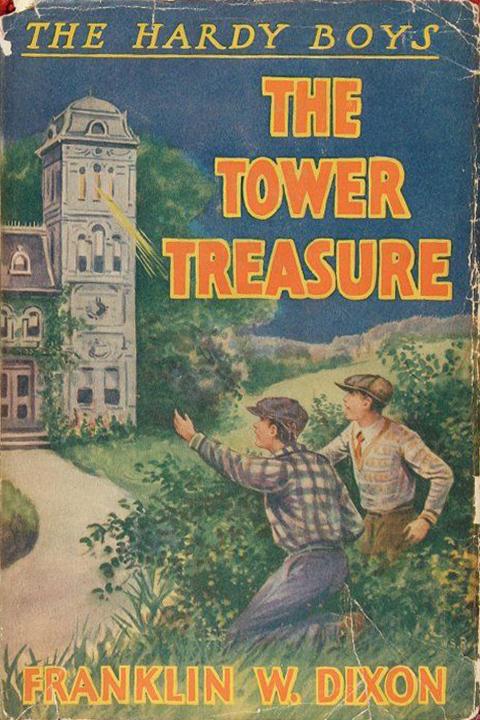
Employing his trademark humor, McFarlane describes his Canadian upbringing. His was a childhood blessed by loving parents, an early interest in literature and writing, and the simple adventures provided by Haileybury, Ontario, the small town of his boyhood. On graduation from high school, like most who became journalists a century ago, McFarlane set to work writing for newspapers rather than attending college.
A small paper hired him for $9 a week. “My career was under way,” McFarlane writes. “It began with a crash course in journalism conducted by Dan Cushing, the news editor. It took about three minutes and consisted of one lecture.” Cushing told him to “get the names right” and “get the addresses right.” Then he added, “Don’t use the word ’very' in a sentence. … I hate it. That’s all.”
While working as a journalist, McFarlane dreamed of writing books, especially novels. He also needed more money. Those ambitions led him to answer an ad from a certain Edward Stratemeyer, whom McFarlane for excellent reasons calls “a Henry Ford of fiction for boys and girls.”
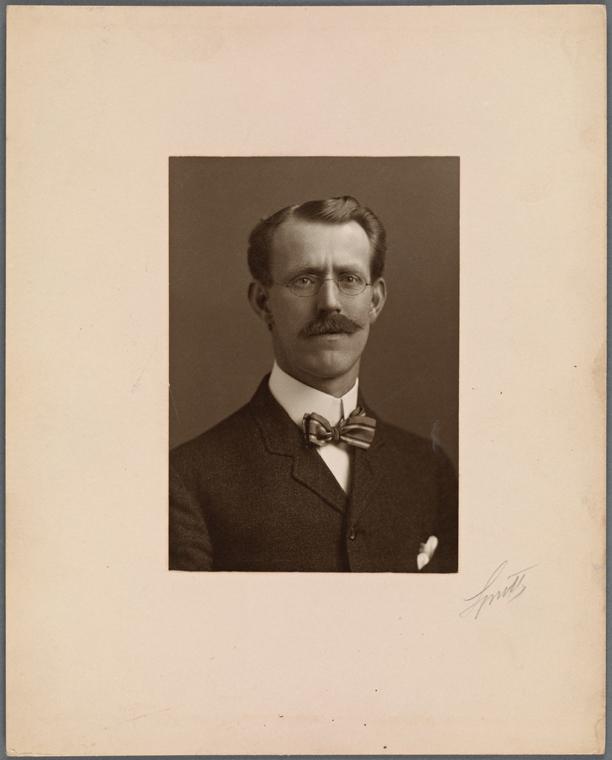
Founder of the Stratemeyer Syndicate, the inventive Stratemeyer had come up with two brilliant ideas: mass marketing books for the growing youth market and hiring writers to crank out those stories under pseudonyms to be published and distributed by the syndicate. Guided by plot outlines given them by Stratemeyer, these hired guns received a set fee for each submission—McFarlane for years was paid $100 per Hardy Boy story—while giving up all rights to the published book. From Stratemeyer’s assembly line of fiction flowed a multitude of stories aimed at adolescents, like the Bobbsey Twins, Nancy Drew, and of course, the Hardy Boys.
Back in the Day
“Ghost of the Hardy Boys” offers a number of insights into what seems now a distant past. The small-town papers and journalism of McFarlane’s youth, for instance, are gone, replaced by media corporations, television, radio, and the internet. This work, however, brought him into contact with a grand host of character types who have likewise vanished, from the rough men who strode the sidewalks of Haileybury to vaudeville artists, all of whom McFarlane brings to life on these pages.Old-Fashioned Honor
Finally, McFarlane demonstrates two character traits embedded in him by his upbringing. The first is gratitude flavored with humility. The Hardy Boys books that he and others wrote have now sold more than 70 million copies, for which McFarlane was paid a grand total of some $5,000. In his later years, he tells us, interviewers seemed to regard him either with “sympathy as a victim of one of the great swindles of modern times” or with “contempt as the dumbest sucker of the age.”“This maddens me,” McFarlane tells us. “It also saddens me. I was not swindled. I accepted the terms of Edward Stratemeyer and the importance of the money was related to my needs. I was free to reject any of the assignments.”
McFarlane shows similar pride when one interviewer, Bob Stall, an admirer of the Hardy Boys, tells McFarlane that publishers have not only revised and streamlined the Hardy Boys stories, but that “they’ve been gutted from beginning to end.“ He continues: ”Those old books were well written. They had words you could roll around in your mouth and taste. They had funny scenes. They had scenes you could wallow in. These new ones move faster, all right, but too fast. There’s never a place to stop and linger. That’s why the old ones were so great for a kid. They had flavor. And now the flavor is all gone.”
After comparing the older books with the new and finding Stall’s assessment accurate, McFarlane writes: “Gone was the leisurely style. Gone were the roadsters in which the Hardy Boys drove up and down the Shore Road. … Gone was the humor, such as it was. … The world had changed for the Hardy Boys as it had changed for everyone else. It was a very strange world indeed, when a ghost could be disposed by another ghost.”
When Stall asks, “Doesn’t it upset you?” McFarlane replies, “Damn it all, what do you think? Even a ghost has feelings like anyone else.”
